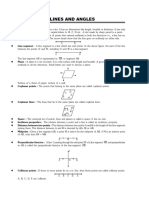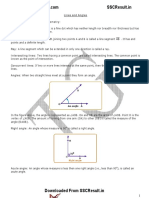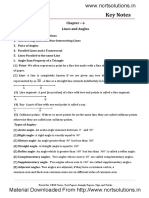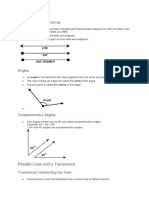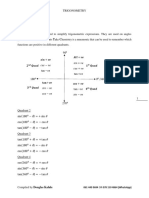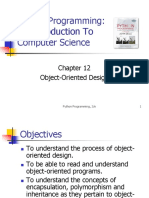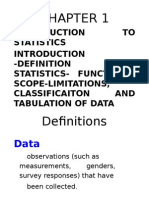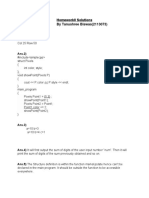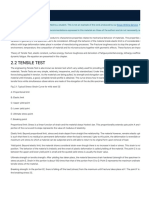0% found this document useful (0 votes)
63 views15 pagesSelfstudys Com File
The document provides an overview of basic geometrical concepts including points, lines, angles, and their classifications. It explains various types of angles, properties of parallel lines, and theorems related to angles formed by transversals and triangles. Additionally, it covers the relationships between interior and exterior angles as well as the angle sum property of triangles.
Uploaded by
singhrajputyash202Copyright
© © All Rights Reserved
We take content rights seriously. If you suspect this is your content, claim it here.
Available Formats
Download as PDF, TXT or read online on Scribd
0% found this document useful (0 votes)
63 views15 pagesSelfstudys Com File
The document provides an overview of basic geometrical concepts including points, lines, angles, and their classifications. It explains various types of angles, properties of parallel lines, and theorems related to angles formed by transversals and triangles. Additionally, it covers the relationships between interior and exterior angles as well as the angle sum property of triangles.
Uploaded by
singhrajputyash202Copyright
© © All Rights Reserved
We take content rights seriously. If you suspect this is your content, claim it here.
Available Formats
Download as PDF, TXT or read online on Scribd
/ 15




























